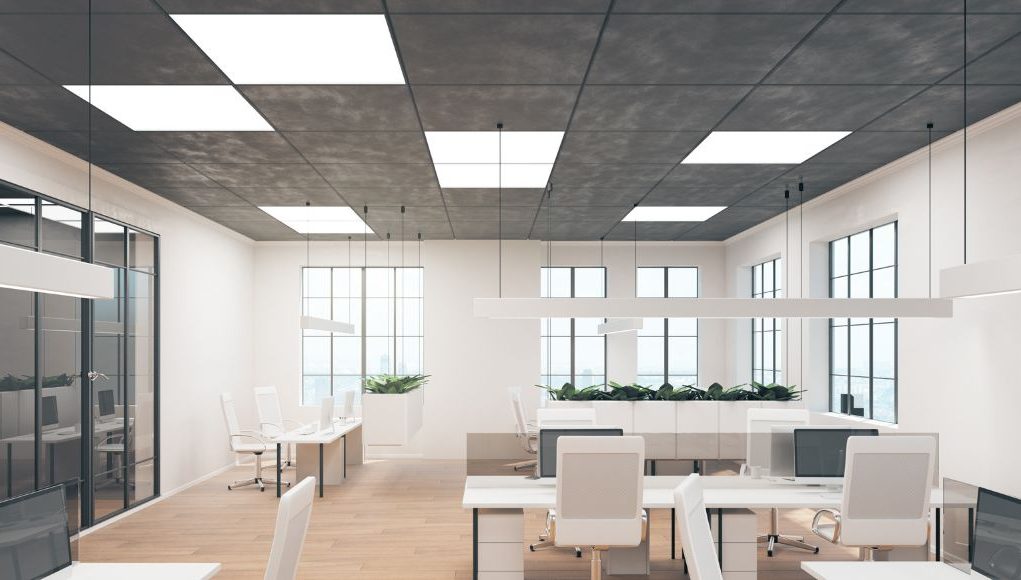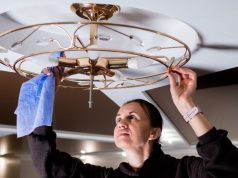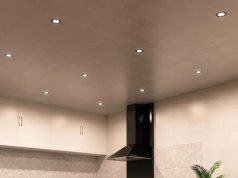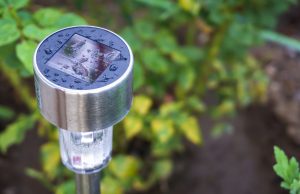Knowing how to calculate the total energy cost for your lighting is crucial for helping you make informed decisions regarding your purchase, your budget, and total cost savings. This is especially true if you’re a business owner or a commercial lighting contractor.
In this article, we won’t be as technical as calculating commercial lighting cost per square foot. But we’ll review everything you need to know about the matter and how you can compute them. We’ll also discuss the key factors contributing to your total energy costs and how to save on lighting expenses.
Benefits of knowing lighting costs
We’ve already glazed over the many benefits of calculating your lighting costs, but there is more to gain from knowing how. Here is a more detailed list of the benefits:
Predictable budgets
Having a clear idea of how much you spend on energy will help you better allocate your budget, especially towards the most important parts of the business. Knowing how much your lighting costs at regular intervals (daily, monthly, or annually) allows you to easily and accurately estimate expenses and allocate budgets more effectively.
Proper lighting (reduced maintenance)
Informed purchasing decisions regarding lighting mean buying the right light fixtures for the proper functions. This helps you avoid overspending on lights and materials and, at the same time, not compromise when you don’t need to. This means you’re able to maximise your lighting budget.
Getting the right fittings also means less maintenance and replacement due to the wrong voltage or the wrong fixture for the space. Getting the light with the wrong lumens is also a common problem, where a space or the whole room is dark or too bright.
Energy efficiency
Trying to cut costs by installing cheaper, low-quality lights can turn into a more significant spend later on. Setting a budget for higher-quality, energy-efficient commercial lighting products can mean more savings later.
Highlighting areas for improvement
Knowing how to calculate the energy cost of each fixture can help you pinpoint which light is consuming too much energy and make adjustments accordingly. This ensures that all the installed lights do not exceed what you need.
Long-term saving
Smarter fixture purchases can reduce overall expenses by minimising operating costs while maximising potential savings throughout a fixture’s lifespan (LED lights can last up to 50,000 hours).
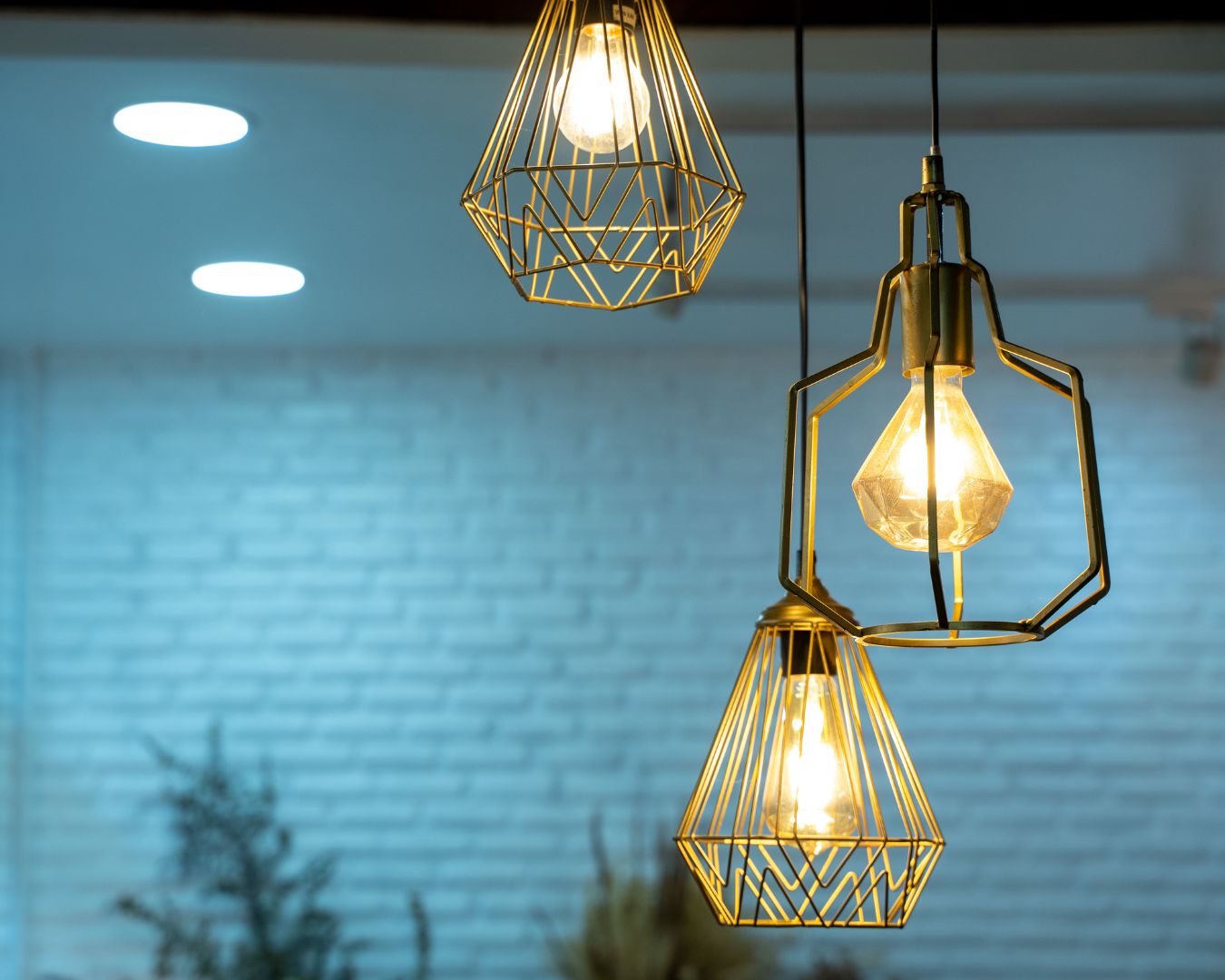
What Factors to Consider When Calculating Commercial Lighting Costs?
In this section, we’ll discuss the factors that affect your overall lighting costs and how you can calculate them. As we go through this, you might want to have a calculator or your phone’s calculator app ready.
Purchase Price
The initial purchase price is not only what you see in the light fixture’s purchase receipt. You also need to factor in the costs of the installation and the accessories used to install the fixtures.
Rebates and Incentives
Utility companies offer rebates or incentives, especially for using energy-saving lights. These usually apply to the first year after the light fixture is installed. Getting an adjusted price with the rebate is simple:
Adjusted Purchase Price = Purchase Price – Rebate Amount
So, if your total purchase cost is £300, and your rebate is £50, then your adjusted price is £250.
Depreciation
You need to account for the fixture’s depreciation. Here’s the formula:
Annual Depreciation Cost = Purchase Price ÷ Fixture Lifespan
So if your initial purchase price with rebate is £250, and the lifespan is 5 years, then the depreciation is £50.
Electricity Costs
The biggest contributing factor to your lighting costs. Here’s how to calculate this:
Light Fixture Wattage
Wattage is the measurement of the energy a light fixture consumes. This one is easy to determine since you can usually find this information in the box the light fixture came in or in the bulb itself. Take note that if a light fixture has multiple bulbs in it, you need to add up each bulb’s individual wattage to get the total wattage of the light fixture.
For example, if the light fixture has three bulbs that are 6 watts each, its total wattage is 18 watts.
6 watts x 3 bulbs = 18 watts total
Electricity Rate
This is the price of electricity per kilowatt-hour (kWh) usage. You can find this information on your electricity bill. In the UK, the average rate is about 25 pence (£0.25) per kWh.
Hourly and Daily Usage
The number of hours a light fixture is used in a day will vary depending on the location it is installed in. Office, lounge, and bathroom lights have different usage hours every day. The office lights could be on for 8 hours, the lounge for 12 hours, and the bathroom for 2 hours.
Days in a year are just an approximation of how many days in a year the light fixture is used. Say, the lounge light fixture is used 320 days a year.
Calculate Annual Energy Costs
STEP 1 is to get the annual total energy consumption of the light fixture (kWh). There are two ways to go about this:
Formula 1:
kWh = (Wattage × Hours of Use per Day × Days of Operation per Year) ÷ 1000
Formula 2:
kWh = (Wattage ÷ 1000) x (Hours of Use per Day × Days of Operation per Year)
STEP 2 is to get the annual cost using the formula:
Annual Energy Cost = Energy Usage (kWh) × Electricity Rate (£/kWh)
SAMPLE CALCULATION using the lounge example we have above, using Formula 1:
kWh = (18 watts x 12 hours x 320 days) ÷ 1,000
= 69,120 ÷ 1,000
= 69.12 kWh per year
Annual energy cost = 69.12 kWh x £0.25 = £17.28 annually
A more simplified formula for this would be:
Annual Energy Cost = (Wattage × Hours × Days of Operation ÷ 1000) × Electricity Rate
NOTE: This is only for one light fixture. To calculate the total lighting costs of all the fixtures in a room, you can simply add up the total wattage of all the light fixtures. Each light fixture might have a different wattage, so always check.
So, if in the given lounge example, there are four similar fixtures in total, you need to multiply the watts per fixture by the number of similar fixtures: 18 watts x 4 fixtures = 72 watts total. Using the formula, the total annual energy cost will be £69.12.
Total Annual Costs
Now that you have all the factors accounted for, it’s finally time to calculate the total annual cost of your lighting. The formula is simple as well:
Total Annual Cost = (Annual Energy Cost + Annual Maintenance Cost + Annual Depreciation Cost)
Energy cost: £69.12
Maintenance cost: £30 (estimate)
Depreciation cost: £50
Total Annual Cost = £69.12 + £30 + £50 = £149.12/year
Now you can effectively compare which lighting fixture needs to be replaced based on its total cost.
How to Maximise or Save on Lighting Costs?
Take advantage of available advanced lighting controls
Smart light controls can significantly lower costs by helping you optimise energy usage while at the same time extending your light’s lifespan. The best part is that most of these functions are automated, so you also save time and physical energy while utilising them.
Light Dimming. Some LED lights’ brightness can be adjusted depending on the need or mood you’re going for. This helps reduce energy costs, especially if you don’t need too much brightness. Even in production areas or busy rooms, installing lights with dimming functionality can also help reduce costs by dimming the lights during breaks and closing times.
Sensors. Occupancy sensors allow lights to turn on only when someone is present in the room. The lights then automatically turn off after a set time of no activity, reducing energy waste. Although it might be good to build a habit of always turning off the lights before going out, adding this small adjustment can help reduce costs significantly.
Scheduling systems. Set your lights to automatically turn on when there’s expected activity in the room or area or dim or turn off during non-operating hours to lower energy costs. Most smart LED lighting has an app you can use to set this up. Many of these apps are also compatible with smart home systems like Alexa and Google.
Take advantage of natural light. Don’t use artificial lights when it’s not necessary. If you have windows, arrange things in the room to maximise natural light. Especially in commercial and business spaces, maximising natural light enhances the store’s calm and inviting atmosphere, attracting more customers.
LED bulbs. Many commercial spaces and businesses still use traditional lighting in some parts of their buildings. It’s understandable that a complete overhaul of your lighting systems can be a very large expense, but if you look at the return on investment for each LED light fixture, you’d want to make the switch right away.
Conclusion
Understanding how to calculate your lighting costs is the key to making well-informed decisions about which light fixtures to purchase and which ones to replace based on their annual operating costs. Knowing this, switching to energy-efficient lighting is always the best next step if you’re looking for a more cost-effective lighting solution for your commercial space.
Ready to improve your commercial lights? Simple Lighting has a wide selection of high-quality lighting solutions perfect for any commercial space.


